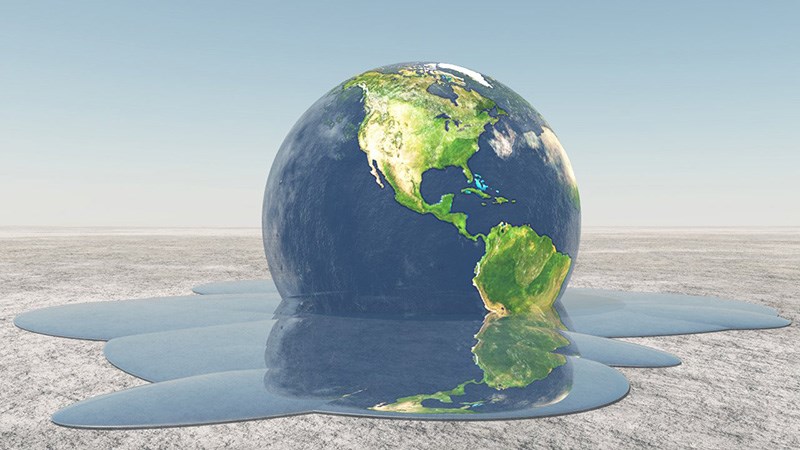The Editor,
Re. “Another view on climate change and humans’ involvement in it” (Letters, The Tri-City News, Nov. 20).
The letter by Martin Cregg-Guinan concerning climate change contained numerous factual errors and was generally misleading.
While a 5 C increase in mean global temperature by the end of this century is at the upper limit of model projections, few climate scientists now consider that holding mean global temperature rise to 2 C is a reasonable possibility. The figure of 0.9 C of temperature rise that was quoted in the letter is not remotely realistic.
In any case, readers have to bear in mind that these figures are global averages, including areas over oceans (70% of the planet) that are moderated by the oceans themselves. Local temperature rises are magnified at high latitudes (for example, the Arctic Ocean is increasingly free of sea-ice) and over continental interiors. Increases in global temperature exacerbate extreme weather events such droughts, storms and heat waves.
Mr. Cregg-Guinan is completely wrong about the main cause of sea level rise. At, present it is thermal expansion of the oceans as they warm due to additional heat trapped in them as greenhouse-gas levels in the atmosphere rise. Tectonic forcing, cited by him, has indeed affected global sea level, but over many millions of years as continents rift and new oceans form — the changes that we are dealing with are occurring over decades.
Local tectonism does affect local sea level where it raises or lowers coasts. Earth scientists are well aware of the rates of these processes and they are taken into account in making sea level projections, contrary to his assertions.
The 3 mm per year rise in mean global sea level is accurate for the past few decades only. It increased during the last century and it is not reasonable to assume that the rate of sea level rise will remain the same as the global climate continues to warm and polar ice sheets accelerate in their melting.
Computer modelling of the climate is very sophisticated. Models now can go back to conditions a 150 years ago and accurately simulate the changes that have produced the present global climate.
The addition of human-produced greenhouse gases is the main factor that has produced the warming of present climate despite variation in the sun’s heat that Earth receives and other factors. We reject the predictions of these models at our peril.
Lionel Jackson, Adjunct Professor, Department of Earth Sciences, SFU
•••••••••••
Esthetics vs. the environment
The Editor,
Re. “Thanks (not) for ban on pesticides in PoMo” (Letters, The Tri-City News, Nov. 20).
I take exception with the letter writer’s notion that these chemicals are safe when used as directed and have been so for years. People either don’t realize or don’t care that these chemicals are created to kill living organisms and are not discriminate when it comes to doing their job. Do you think a chemical can tell the difference between a chafer beetle and a lady bug? That is exactly why cities and countries are banning their use.
These chemicals sprayed on your lawn will without a doubt, eventually make it into our ecosystem — our creeks, our rivers, then, eventually the ocean. They will be ingested indirectly by birds and fish, and then the creatures that feed on them.
What is more important, esthetics or the health of our planet? Industrialists and corporations are doing a good enough job destroying this world. Let us, the common man and woman, do our small part to try and keep it healthy.
Neil Swanson, Coquitlam



